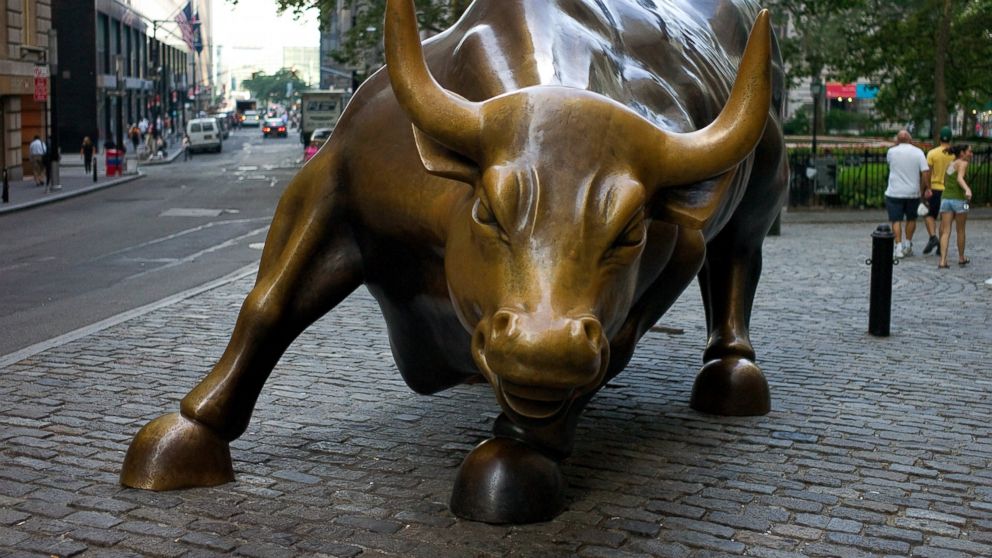Why a Bull Market Correction Might Be Near
Stocks are due for a decline, but should you do anything.

— -- Many investors are on the edge of their seats these days, awaiting earnings reports that tend to spell out the near-term future of their holdings.
Earnings reports for the first quarter have been mixed, but many forecasts call for general earnings contraction among the S&P 500 (the 500 largest public companies in the US) for the first time since 2009. S&P Capital IQ, for example, has predicted S&P first-quarter earnings will decline more than 3 percent. As this big-company category has defined so much of this long bull market, such forecasts have created concern among many investors who have grown accustomed to long-ascendant earnings.
The recent past may hold more clues than forecasts. The market’s overall behavior has changed this year--a lot of waffling with almost no direction. According to Bespoke Investment Group, the second half of the first quarter had 28 consecutive trading days where the S&P 500 didn’t post back-to-back gains. (Since World War II, that has only happened twice, in 1970 and 1994.) It’s been a zig-zagging market recently, and this may turn out to be the most pronounced theme of 2015.
As earnings reports trickle in over the coming weeks, other factors are weighing on the minds of investors. Chief among these is the way that, despite a recent uptick in oil, the depressed energy sector is driving everything else down with it. And based on the lackluster guidance statements issued by corporations to manage investors’ expectations, there’s every reason to expect an overall dip in earnings. Increasing this likelihood is the tendency for large companies anticipating poor earnings to do corporate housecleaning – such as selling under-performing business units – to get all of the bad news out of the way when investors are expecting less. That way, they won’t sully sunnier quarters down the road.
All of this leads to thinking about the C-word. That’s right: a correction -- the increasing likelihood of a bull market dip of at least 10 percent.
Many people believe a correction may be around the corner because the Fed may take action that raises interest rates. A correction may soon be upon us, but if history is any guide, these people are mistaken about causation. Data from Bloomberg shows that, between 1993 and 1995, when interest rates rose from 3 to 6 percent, the S&P 500 gained 50 percent. This index also gained 50 percent between late 2003 and 2007, when rates went from 1 to 5.25 percent.
Of course, in the market, misperception can affect reality, as demonstrated by a recent dip attributed to rate-increase fears. But an interest rate increase is now baked into share prices and investor perceptions. What matters more is the market’s performance after actual increases and history tells a different story.
But, as we used to say in the 1970s, just because you’re paranoid doesn’t mean that everyone isn't out to get you. Contrary to the fears of interest-rate Chicken Littles, a correction in the near-term seems likely not because of any rate increases, but primarily because of expected weaknesses in earnings and the reality that the market is way overdue for one.




